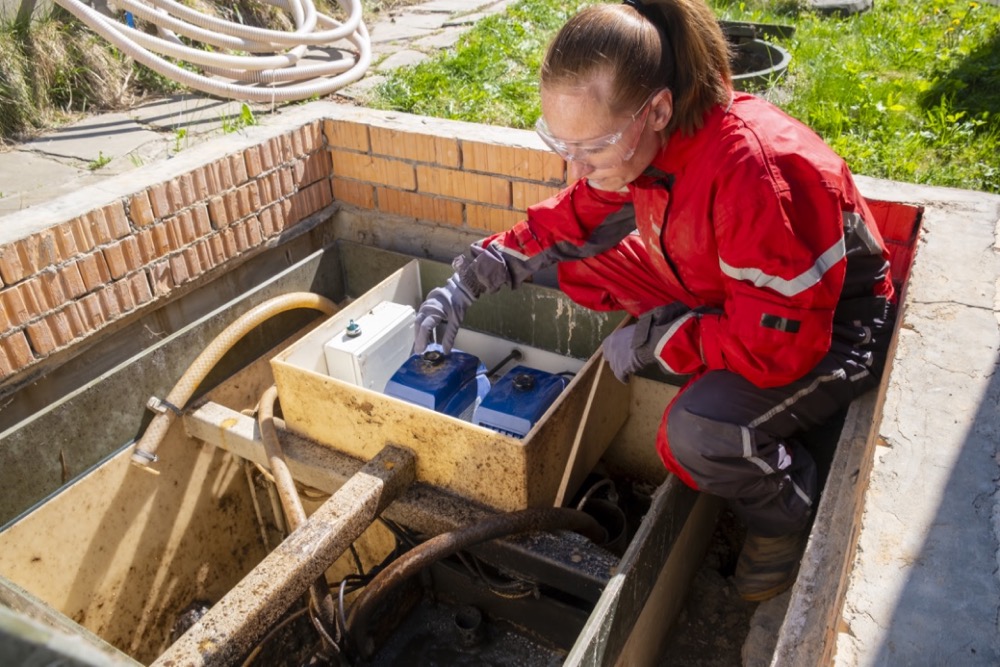
On rural sites without municipal sewage systems, a failed perc test means that no house can be built – which is why you should make any offer to purchase land contingent on the site passing the soil and perc tests. As prime building sites become increasingly scarce (or prohibitively expensive) in many parts of the country, rural sites that will not pass a percolation or perc test are increasingly common.
In general, soils with high sand and gravel content drain the best and soils with a high clay content or solid rock are the worst. Most soils fall somewhere in the middle with a mix of course sand and gravel particles, small silt particles, and miniscule clay particles – the smallest.
To get a rough idea before investing time and money in testing, dig below the top few inches of topsoil (loam) to the lighter soil beneath and grab a handful. If the soil has a sticky, damp texture, and you can form a small lump of damp subsoil into a long, thin ribbon or worm shape that holds together, then the soil has significant clay content.
If you can form a ribbon of soil 2 in. or longer in the ribbon test, it indicates that the soil has high clay content and may fail a standard perc test.
The two main tests used to determine a site’s suitability for a septic system are a perc test and visual observation of the soil in a test pit, sometimes referred to as a deep hole test. Testing requirements vary greatly from state to state and often from town to town, as most states allow individual towns to establish separate rules within state guidelines.
Make sure you talk to your town health officer about what tests are needed, when they can be done, and who should perform them. Whether or not a licensed professional is required, it’s a good idea to hire a seasoned expert with local experience as many of these tests have a bit of wiggle room.
For more information, contact Morse Engineering and Construction.
Source: buildingadvisor.com
